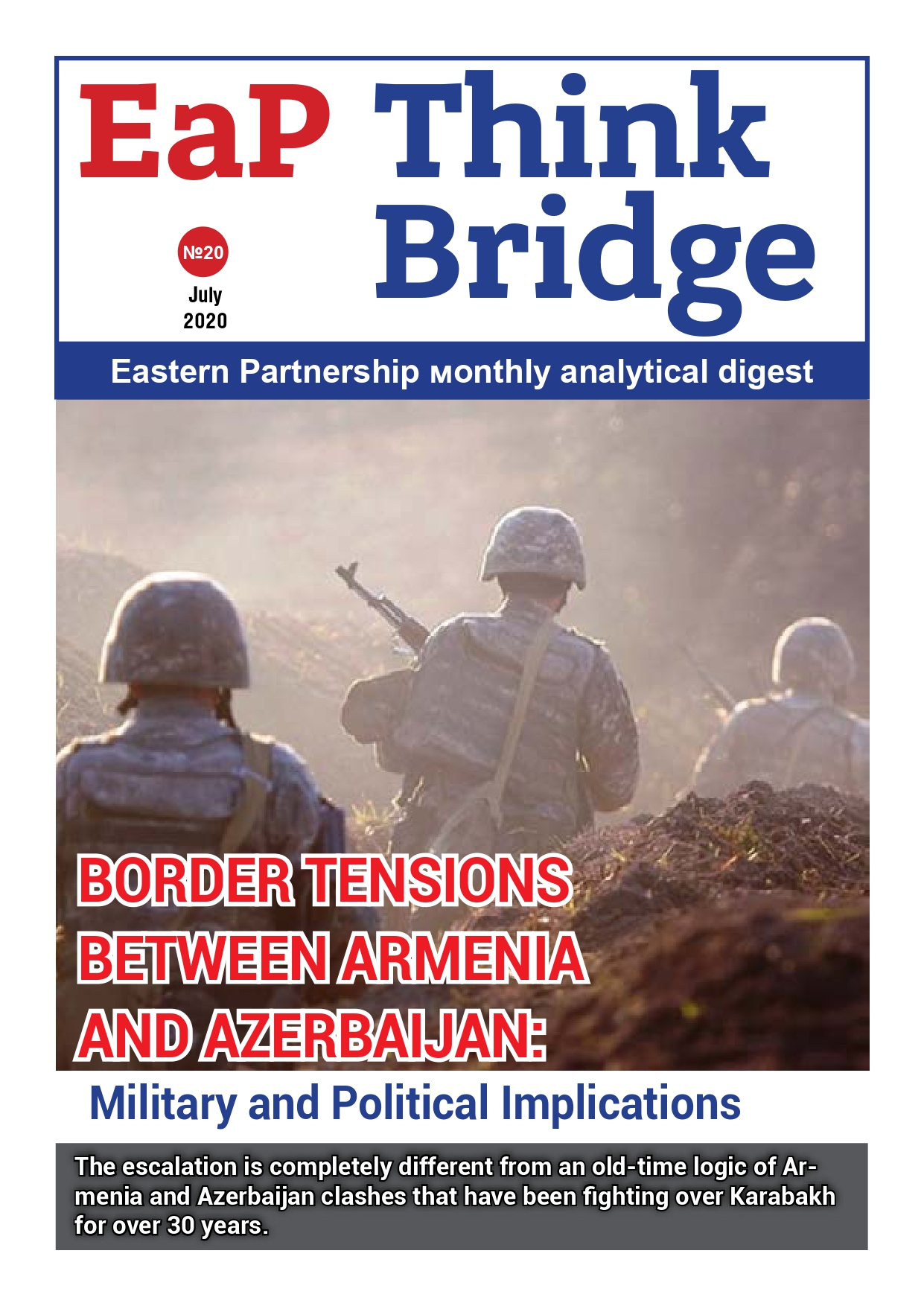For Armenia the month of January was dominated by domestic political developments, including the positioning of parties and new coalitions, each seeking to maximize their chances for the country’s April parliamentary election.
Domestic Policy: Distinctly Different Political Coalitions
The ruling Republican Party is buoyed by a pronounced sense of confidence as it prepares to garner an overwhelming majority of seats in the Armenian parliamentary election set for April. Though the recent developments have tended to add a degree of unpredictability to this scenario. The incumbent Armenian authorities may face a fresh and unexpected challenge. The new political landscape may also cast doubt over the election outcome and suggest that the dominant Republican Party may suffer from a dangerous degree of over-confidence.
The ruling Republican Party may face an unexpected challenge in the upcoming election
This new political landscape includes two distinct political coalitions. The first, more recent grouping includes the former Foreign Minister Vartan Oskanian, the former presidential adviser Viktor Dallakian, and more significantly the former Defense Minister Seyran Ohanian. For this coalition confidence is rooted in the presumed political advantage of having such well-known and experienced political personalities. Oskanian, having served for roughly a decade as the country’s foreign minister, and Ohanyan, who had also served in the government until October 2016, offer a degree of gravitas to this fresh bid to challenge the Republican Party and its leader, the incumbent President Serzh Sarkisian.
Yet there are two serious problems for this political grouping. First, the very fact that the coalition is led by prominent former officials is also its main weakness. With serious public mistrust questioning the sincerity of their true opposition credentials, these three former officials may become too tainted by their previous experience. The second major impediment is the group’s decision to strive to tactically align with the second “pseudo-opposition” force. Talks with the oligarch Gagik Tsarukian, the leader of the Prosperous Armenia Party, who recently returned to Armenian politics, only further undermine the coalition. From this context, most observers see Tsarukian as a weaker, yet more submissive figure. His political support for the government is seen by many in adopting a position designed to siphon off the votes from the country’s real opposition.
However, it is the second, early coalition that is much more significant. Formed in December, a new political opposition force united in an electoral bloc named “Yelk” (“way out”). Seeking to present a unified list of candidates to challenge the ruling Republican Party in the parliamentary election, this new coalition is composed of two of the country’s newest and strongest political opposition forces, including the “Bright Armenia” party, “Civil Contract” and an older, established party “Hanrapetutyun” (Republic).
Economy: An Economic Promise
Aside from the political changes, the economic challenges facing the country have only forced the Armenian government to respond by exaggerating the economic outlook. This politically helpful message argues that economic growth in Armenia will significantly accelerate, from the growth of a mere 0.5 percent last year to a projected 3.2 percent increase in GDP. This statistical “wishful thinking” is based on a calculation by the Armenian authorities, flawed by the lack of any economic evidence yet providing a temptingly positive pre-election promise.
In part to deliver some economic good news prior to the election, the Armenian Prime Minister Karen Karapetian embarked on an official visit to Moscow that resulted in Russian pledges to increase its investment in the Armenian economy, and the promises of Moscow’s backing the Armenian plan to establish a free economic zone along the Armenian-Iranian border. The visit also prompted Russian officials to voice their support for the Armenian proposal to create a Russian-Armenian “investment fund” that would finance business projects in Armenia. The public success of the Armenian premier’s visit as his first foreign trip was largely expected, especially given the fact that Karapetian enjoys close ties to the Kremlin. The Prime Minister lived and worked in Russia from 2011 to 2016, holding senior executive positions in local subsidiaries of the Russian state-affiliated Gazprom energy corporation.
Foreign Policy: Russia Tries to Reassert Control
The recent announcement of the formation of a new “joint” Armenian-Russian military command unit represents a new challenge to Armenian sovereignty and statehood. On one hand, the move itself can be seen as fairly benign, and appears to be a logical component of both Armenian-Russian security relationship and Armenia’s membership in the Russian-led Collective Security Treaty Organization (CSTO). However, this development poses a deeper danger and more serious risk. More specifically, this may be Moscow’s attempt to use this new “joint” command structure to not only gain great influence over Armenian defense reform, but also possibly utilize the unit as a mechanism for later deployment of peacekeepers in Nagorno-Karabakh.
In the broader context, this move is only the latest Russian response to a deep and widening crisis in Armenian-Russian relations. This also follows previous moves by Moscow to reassert control over Yerevan. For Yerevan the crisis in relations with Moscow represents deepening dissatisfaction not with the relationship itself, but over the unequal terms of the “strategic partnership.” Faced with a dangerous degree of its mounting over-dependence on Russia, there is a new concern over the asymmetry and lack of parity inherent in the relationship. Moreover, the challenge has also been driven by the emergence of Russia as the leading arms provider to Armenia’s rival Azerbaijan. It further exacerbated by the events of April 2016, when an Azerbaijani offensive, relying on a large arsenal of Russian-supplied weapons, marked the most destructive fighting over Nagorno-Karabakh since a 1994 ceasefire was first reached. Thus, future Russian arms sales to Azerbaijan will surely do demonstrable damage to the already strained Armenian-Russian relationship.



